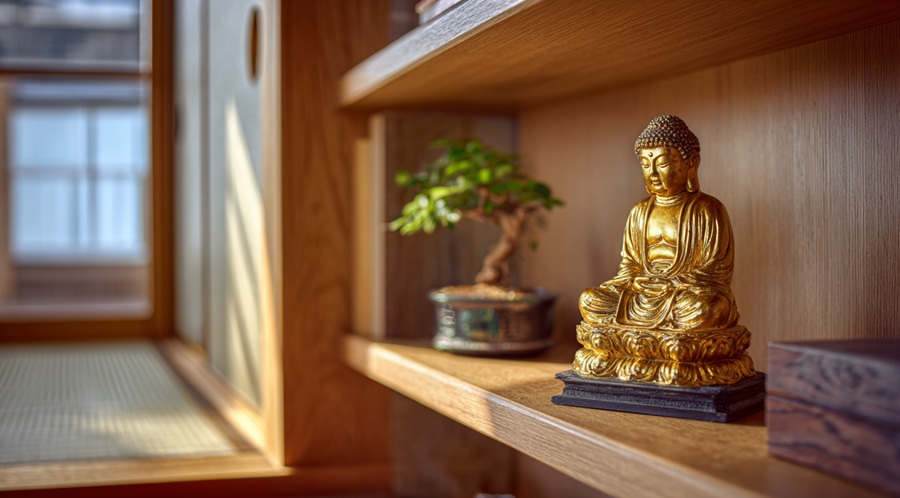
Buddhist Statue
Japanese Name:
仏像
Romaji Name:
butsuzou
Description
↓↓
A Buddha statue (butsuzō) is a representation of Buddha, the founder of Buddhism, often sculpted in various poses and forms. These statues serve as important symbols in Buddhist culture and are found in temples, shrines, and homes throughout many countries that practice Buddhism, including Japan, India, China, Thailand, and others. They are revered not only as artistic representations but also as tools for meditation, reflection, and spiritual practice.
History
↓↓
Buddhist statues began appearing around the 1st century CE during the Kushan Empire.
Early Buddhist art avoided depicting the Buddha directly, focusing on symbols instead.
The first Buddha statues were created in regions like Gandhara and Mathura.
These statues combined Greek artistic styles with Buddhist themes.
Over time, Buddhist statues spread throughout Asia, adapting to local cultures and styles.
In Japan, Buddhist statues became central to temple worship and religious art.
Today, Buddhist statues are important cultural and religious symbols worldwide.